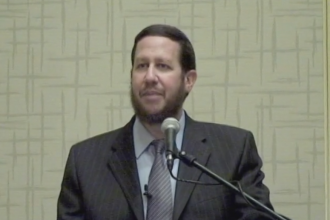By Yanki Tauber
It’s not just that they’re natural antagonists, but that they seem to inhabit two different, never-intersecting planes. Faith is unequivocal; reason is reasonable. Faith is supra-human and thus (to us) unreal; reason is realness made human-sized, defined and confined, drained of wonder and life. For many centuries each dwelled on its plane with its loyalists, viewing the other with suspicion, even disdain.
Until there came a man who was a citizen of both worlds. He passed freely from one to the other, building bridges between them, describing a symbiotic faith-reason universe in which each flows into, feeds on, and buttresses the other.
His name was Rabbi Schneur Zalman of Liadi, born in Li’ozna, White Russia in 1745. As a young man he joined the Chassidic movement, founded a generation earlier by Rabbi Israel Baal Shem Tov. By 1772, he was developing his own branch of Chassidism, which came to be known as “Chabad”. In 1796 he published Tanya, the book which contains the fundamentals of his teachings, over which he labored for 20 years — a book which prompted one of his great contemporaries to exclaim, “How did he put such a great G‑d into such a small book!” By the time of his passing in the winter of 1812-3, he had sown the kernels of the seven generations of Chabad teaching and activism that were to revolutionize Jewish life across the globe.
The intellect and the powers of the mind play a central role in Rabbi Schneur Zalman’s system. Study, comprehension and meditation are the tools by which faith is internalized and made real, so that permeates the person, developing and guiding his emotions and motivating his actions. Indeed, the name “Chabad” is an acronym for the Hebrew words for “wisdom”, “understanding” and “knowledge”, and Chabad is often referred to as the “intellectual branch of Chassidism.”
To Continue reading this article please click here.
The content in this page is produced and copyrighted by Chabad.org


